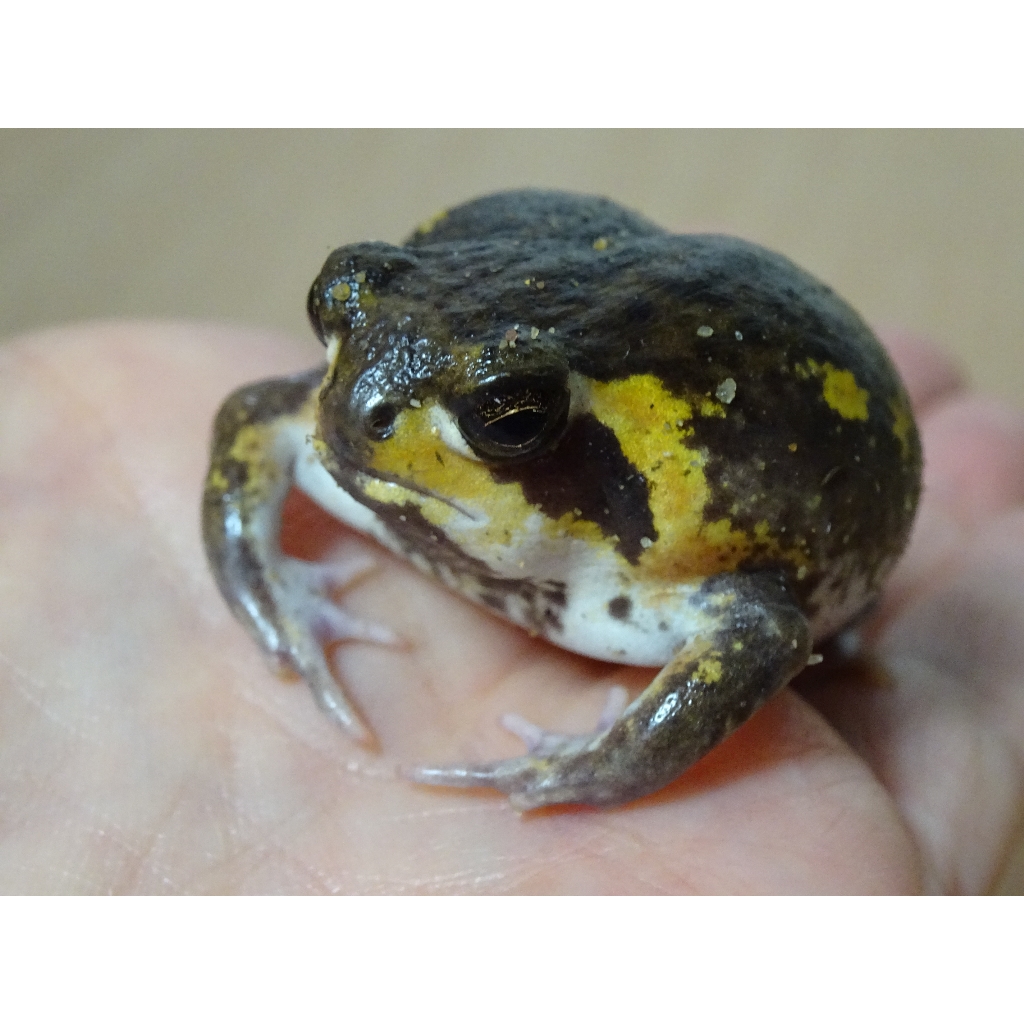Seeking Rain Frog for Sale? Find Your Perfect Amphibian Companion Below!
Seeking Rain Frog for Sale? Find Your Perfect Amphibian Companion Below!
Blog Article
The Finest Reptile Enclosures: How to Develop the Perfect Environment
Producing the best habitat for reptiles is not simply about putting them in a tank or enclosure; it includes a thoughtful factor to consider of numerous factors that add to their overall health. From the size of the enclosure to the sort of substrate used, every element plays an important duty in giving a setting where your reptile can grow. By recognizing the certain requirements of your reptile species and carrying out the appropriate environment arrangement, you can guarantee their wellness and joy in captivity.
Selecting the Right Enclosure Size
When selecting an unit dimension for reptiles, it is important to consider their natural behaviors and space needs to guarantee their wellness and health and wellness. When it comes to habitat room, various reptile species have differing needs. Arboreal species like chameleons or tree serpents need vertical room for perching and climbing up, while earthbound species such as bearded dragons or leopard geckos require more floor room for checking out and thermoregulation. Aquatic turtles like red-eared sliders demand rooms with both water and land areas for swimming and basking.
A general guideline of thumb is to supply adequate area for the reptile to exhibit natural habits, such as basking, concealing, climbing, and foraging. By thoroughly thinking about the details needs of the reptile species in question, proprietors can create an appropriate and enhancing environment that advertises total well-being and motivates all-natural habits.
Establishing Up Correct Home Heating Aspects
To ensure the health and health and wellness of reptiles in their enclosures, it is crucial to very carefully establish correct home heating components. Reptiles are ectothermic creatures, indicating they depend on outside warm sources to regulate their body temperature level. When establishing heating elements in a reptile enclosure, it is crucial to think about the certain temperature level needs of the types you are taking care of. Different reptiles have differing temperature level requires based on their natural environment, so it is vital to research study and comprehend these needs.
One efficient and typical heating element for reptile units is a warm light or ceramic warm emitter. These warmth sources can be used to produce a temperature slope within the enclosure, enabling reptiles to move in between warmer and cooler areas as needed. Additionally, under-tank hot pad or heat floor coverings can be utilized to provide stomach heat, which is especially useful for reptiles that require additional heat to help in food digestion.
Keeping an eye on the temperature level within the enclosure utilizing a thermostat is important to make sure that the home heating elements are preserving the ideal temperature array for your reptile. Frequently examine and adjust the heating aspects as required to produce a comfortable and healthy and balanced environment for your scaly pal.
Selecting Appropriate Lights Components

Providing the Ideal Substrate
Picking the ideal substratum is crucial for developing a ideal and comfy atmosphere for reptiles in their rooms. Some reptiles, such as desert-dwelling types like bearded dragons, flourish on substratums like calcium sand or reptile carpeting, while others, like round pythons, like coconut husk or aspen bed linen to preserve humidity degrees.
Additionally, the size of the reptile ought to also affect your option of substrate, as hatchlings may need a finer material to avoid intake. Prevent substrates that can create impaction, such as loosened Find Out More substrates like sand or crushed rock, specifically for reptiles understood to ingest their bed linens. Consistently cleaning and replacing the substratum is important to ensure a sanitary and clean setting for your reptile. By selecting the perfect substratum, you can add to the total health and wellness of your flaky buddy.
Designing for Enrichment and Comfort
Considering the substrate's role in providing a structure for all-natural habits and preserving an appropriate environment, enhancing the reptile unit with correct designs is vital for both enrichment and convenience. When embellishing the unit, it is important click to read more to think about the reptile's species-specific demands and habits to produce a space that advertises physical and psychological well-being. By integrating a variety of decors that simulate the reptile's natural environment, proprietors can ensure their pet dog's convenience and stimulate their natural reactions, eventually leading to a better and much healthier reptile.
Final Thought

Creating the excellent environment for reptiles is not just regarding positioning them in a tank or enclosure; it includes a thoughtful consideration of numerous variables that contribute to their general wellness.Picking the appropriate substrate is important for developing a suitable and comfortable atmosphere for reptiles in their units. Some reptiles, such as desert-dwelling varieties like bearded dragons, prosper on substratums like calcium sand or reptile carpet, while others, like ball pythons, choose coconut husk or aspen bed linen to preserve moisture degrees.
By incorporating a range of designs that resemble the reptile's natural habitat, owners can ensure their pet dog's convenience and boost their all-natural reactions, inevitably leading to a better and much healthier reptile.
In verdict, developing the ideal habitat for reptiles involves selecting the appropriate enclosure dimension, home heating elements, lighting components, substratum, and decors.
Report this page